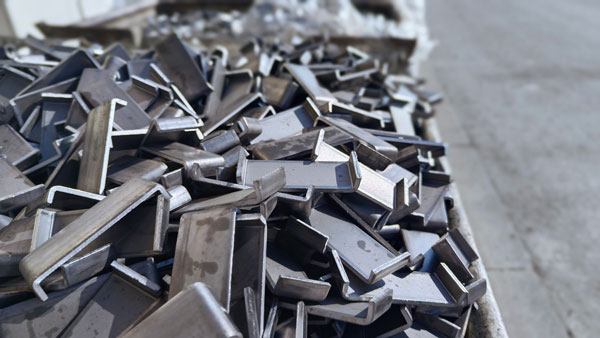What surface treatment does the custom Stamping parts have?
2024-02-01
The surface treatment of custom stamping parts can vary depending on the specific requirements and desired outcome. Here are some common surface treatments applied to custom stamping parts:
1. Plating: Plating is a common surface treatment used to enhance the appearance, corrosion resistance, and durability of stamping parts. Popular plating options include zinc plating (galvanizing), nickel plating, chrome plating, and gold plating. Plating can provide a decorative finish, improve wear resistance, and protect against oxidation and corrosion.
2. Powder Coating: Powder coating involves applying a dry powder to the surface of the stamping parts and then curing it through a heat process. This results in a durable, uniform, and attractive finish. Powder coating provides excellent corrosion resistance, abrasion resistance, and color options. It is commonly used for both decorative and protective purposes.
3. Anodizing: Anodizing is an electrochemical process that creates a protective oxide layer on the surface of aluminum stamping parts. It improves corrosion resistance, enhances the appearance, and allows for coloring options. Anodized aluminum parts are commonly used in industries such as automotive, aerospace, and electronics.
4. Paint or Coating: Paint or other coatings can be applied to stamping parts to provide color, aesthetics, and protection. Paints and coatings are available in various types, such as enamel, epoxy, polyurethane, or acrylic. They can offer resistance to corrosion, chemicals, UV radiation, and other environmental factors.
5. Passivation: Passivation is a chemical treatment used primarily on stainless steel stamping parts. It removes contaminants and enhances the corrosion resistance of the surface by forming a protective oxide layer. Passivation is commonly used in applications where stainless steel parts may be exposed to moisture or corrosive environments.
6. Brushing or Polishing: Brushing or polishing is a mechanical surface treatment that creates a uniform and smooth finish on stamping parts. It can remove imperfections, burrs, or surface irregularities. Brushing or polishing can be used to achieve a specific appearance or to prepare the surface for subsequent surface treatments.
7. Heat Treatment: Heat treatment is a process that involves controlled heating and cooling of stamping parts to alter their mechanical properties. It can improve hardness, strength, or ductility, depending on the specific treatment applied. Heat treatment is often used for parts that require enhanced mechanical performance.
These are just a few examples of the surface treatments commonly applied to custom stamping parts. The choice of surface treatment depends on factors such as the material of the part, its intended function, desired appearance, and environmental conditions it will be exposed to. It is important to consult with experts or surface treatment specialists to determine the most suitable treatment for your specific stamping parts.






